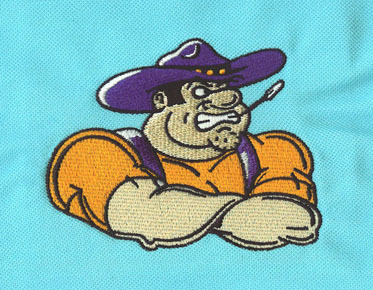Vectorization for Print: Elevating Graphics for High-Quality Output
In the realm of graphic design, achieving high-quality output for print materials is a fundamental goal. Vectorization, a process that converts raster images into vector graphics, plays a pivotal role in this pursuit. This comprehensive guide delves into the intricacies of vectorization for print, unraveling its importance, techniques, and best practices to ensure your graphics shine on the printed page.
Understanding Vectorization
Vectorization is the conversion of raster images, composed of pixels, into scalable vector graphics (SVG) that use mathematical equations to define shapes. Unlike raster images, vectors maintain clarity and crispness regardless of size, making them ideal for print materials.
The Importance of Vectorization in Print
1.
Scalability
● Infinite Resizing: Vector graphics can be resized indefinitely without loss of quality.
This scalability is crucial for print materials where various sizes are
required, from business cards to large banners.
2.
Sharpness and Clarity
● Crisp Details: Vectors ensure sharp edges and clear details, even at high
resolutions. This is particularly advantageous for intricate designs, logos, or
text elements that demand precision in print.
3.
Color Consistency
● Print Accuracy: Vector graphics maintain consistent colors across different print
materials. This consistency is vital for brand identity, ensuring that your
printed materials accurately reflect your brand's color palette.
4.
Editability
● Flexible Adjustments: Vector files are editable, allowing designers to make changes easily. This flexibility is beneficial during the design process and ensures adaptability for future updates or revisions.
Vectorization
Techniques for Print
1. Trace
and Convert
● Manual Tracing: Utilize vector graphic software to manually trace over raster images,
converting them into vector paths. This technique requires precision and
attention to detail to capture the essence of the original design.
2.
Automated Vectorization
● Software Tools: Leverage specialized vectorization tools or software that
automatically convert raster images to vectors. While these tools can expedite
the process, manual refinement may be necessary to achieve optimal results.
3.
Color Separation
● Layered Approach: When vectorizing for print, consider separating colors into distinct
layers. This allows for more precise control over each color element during the
printing process, ensuring accurate color reproduction.
Best Practices for Vectorization in Print
1.
Start with High-Quality Source Images
● Optimal Foundation: Begin with high-resolution raster images to ensure that the vectorization
process captures intricate details accurately.
2.
Choose the Right File Format
● Print-Friendly Formats: Save vector files in print-friendly
formats like PDF or EPS. These formats maintain the scalability and editability
necessary for professional printing.
3. Pay
Attention to Line Weights
● Print Readiness: Adjust line weights appropriately, especially for text and fine
details. Ensure that these elements are thick enough to be visible in print
without overpowering the overall design.
4.
Verify Color Modes
● CMYK for Print: Convert vector graphics to the CMYK color mode, which is suitable for print. This ensures that the colors in your design translate accurately to the printed material.
Conclusion: Elevating Your Print Designs
In the world of print design, vectorization
emerges as a powerful ally, transforming your graphics into versatile,
high-quality assets. Whether you're crafting business cards, brochures, or
large-format banners, the scalability, clarity, and color consistency of vector graphics enhance the visual impact of your
print materials. By understanding the importance of vectorization and adopting
effective techniques and best practices, you pave the way for print designs
that captivate and leave a lasting impression. Embrace the precision of
vectors, and watch your print materials come to life with unparalleled quality
and clarity.



